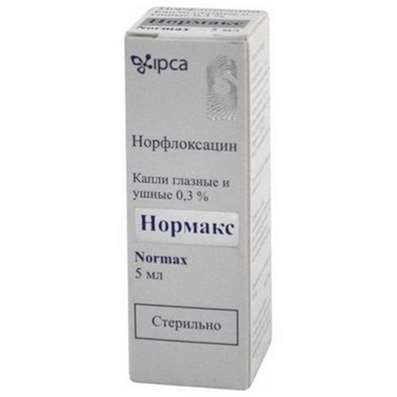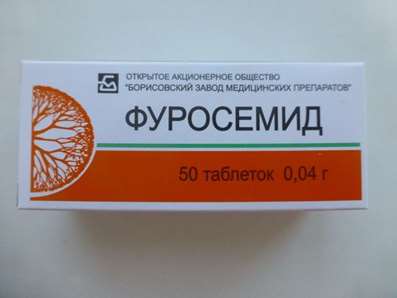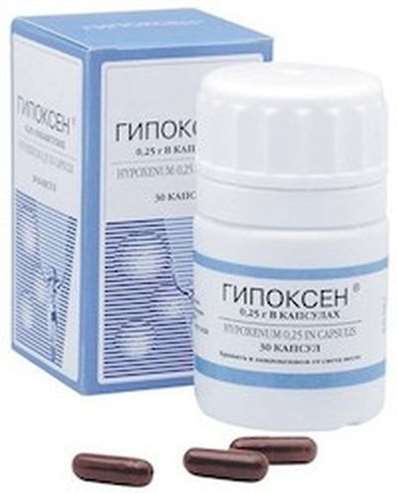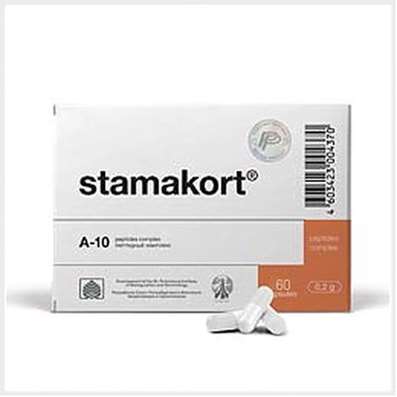Instruction for use: IG VENA N.I.V.
I want this, give me price
Dosage form: solution for infusions
Active substance: Immunoglobulinum humanum normale
ATX
J06BA02 Normal human immunoglobulin for intravenous administration
Pharmacological group:
Immunoglobulins
The nosological classification (ICD-10)
B20-B24 Disease caused by human immunodeficiency virus [HIV]: Deployed stage of HIV infection; AIDS in children; HIV / AIDS infection; Infections with HIV; AIDS; Human Immunodeficiency Virus HIV-1; HIV-1 infection HIV infection; HIV
C90.0 Multiple myeloma: Multiple myeloma; Myeloma
D81 Combined Immunodeficiencies: Duncan Syndrome; Combined immunodeficiency; Severe combined immunodeficiency (KID)
D82.0 Wiskott-Aldrich Syndrome: Eczema-Thrombocytopenia-Immunodeficiency Syndrome
D84.9 Unspecified Immunodeficiency: Pneumonia in immunodeficient states; Autoimmune disease; Autoimmune diseases; Severe immunodeficiency; immune deficiency; Immunodeficiency; immunodeficiency diseases; Immunodeficiency states due to surgery; Immunotherapy for cancer; Immunomodulation; Infections in patients with weakened immune systems; Correction of immune deficiency; Correction of immunodeficiencies; Correction of a weakened immune system; Correction of a weakened immunity in immunodeficient states; Violation of immunity; Violation of the immune status; Immune System Disorders; Primary immunodeficiency; Maintaining immunity; Lowering the body's defenses; Lowering the immunity; Lowering the immunity of colds and infectious diseases; The decrease of the immune status; Lowered resistance to infections; Lowered resistance to infections and colds; Lowered resistance; Immunosuppression; Predisposition to colds; acquired immune deficiencies; Radiation immunodeficiency; The development of immunodeficiency; Immune dysfunction syndrome; immunodeficiency syndrome; primary immunodeficiency syndrome; Reducing the body's defenses; Immunosuppression; Reduced immune defense; Reducing local immunity; Reducing the total body resistance; The decrease in cell-mediated immunity; Reduced resistance to infections in children; Reducing the body's resistance; Reduced resistance; reduced immunity; Status immunodeficiency; Stimulation of the processes of nonspecific immunity; Heavy selective secondary immunodeficiency; immunity Oppression; Primary immunodeficiency
G35 Multiple Sclerosis: Disseminated Sclerosis; Multiple sclerosis; Recurrent multiple sclerosis; Secondary-progressive multiple sclerosis; Exacerbation of multiple sclerosis; Mixed forms of multiple sclerosis
G40 Epilepsy: Atypical convulsive seizures; Atonic seizures; Great seizures; Large convulsive seizures; Generalized Absences; Jackson epilepsy; Diffuse large seizure; Diencephalic epilepsy; Cortical and non-convulsive forms of epilepsy; Primary-generalized seizures; Primary-generalized tonic-clonic seizure; Pycnoleptic absence; Repeated epileptic seizures; Attack generalized; Seizure fit; Refractory epilepsy in children; Complicated convulsive seizures; Mixed seizures; Mixed forms of epilepsy; Convulsive condition; Convulsive seizures; Convulsions; Convulsive forms of epilepsy; Epilepsy grand mal; Epileptic seizures; Great seizures in children
G62 Other polyneuropathies: Polyneuritis; Polineuropathy; Inflammation of peripheral nerves
G70 Myasthenia gravis and other disorders of the neuromuscular synapse: Myasthenic syndrome; Myasthenic syndromes; Myasthenia gravis; Myasthenic syndrome; Severe myasthenia gravis (Myasthenia gravis)
M30.3 Mucous-cutaneous lymphonodular syndrome [Kawasaki]: Pediatric polyarteritis; Kawasaki disease; Kawasaki Syndrome; Mucous-cutaneous lymphonodulary syndrome; Dermal-mucous lymphadenopathy; Lymphonodular pharyngitis
M32 Systemic lupus erythematosus: Lupus erythematosus red disseminated; Disseminated lupus erythematosus; Chronic lupus erythematosus
O03 Spontaneous abortion: Spontaneous abortion; Miscarriage; Multiple spontaneous abortions; Spontaneous abortion
R77.1 Deviation from globulin: Multifactorial mixed hyperglobulinemia
Z29.1 Prophylactic immunotherapy: Vaccination against viral infections; donor Vaccination; Vaccination and revaccination; Vaccination of newborns; Vaccination against hepatitis B; Immunization; Correction of the immune status; Therapeutic and prophylactic immunization; Preventive immunization; Specific immunoprophylaxis; Stimulation of the processes of nonspecific immunity
Z94.9 Presence of transplanted organ and tissue, unspecified: Transplantation of solid organs; Organ transplantation; Transplantation of solid organs
Composition and release form
Solution for infusion 1 fl.
Normal human polyvalent immunoglobulin G (double viral inactivation) 1 g; 2.5 grams; 5 grams; 10 grams
Auxiliary substances: maltose - 100 mg; Water for injection - up to 1 ml
1 ml of the solution contains 50 mg of active substance
In vials of 20, 50, 100 and 200 ml respectively; In a pack of cardboard 1 bottle.
Description of dosage form
Transparent or slightly opalescent liquid.
Characteristic
Structurally and functionally complete Ig molecule with all antibody properties; The ratio of subclasses of IgG (IgG1, IgG2, IgG3, IgG4) is similar to the natural one; Extremely low absence of IgA.
Pharmachologic effect
Mode action - immunomodulating, immunostimulating.
It has IgG activity, it increases (contaminates) the content of antibodies against various infectious agents. It improves suppressor activity, blocks Fc receptors (to the constant part of Ig) on macrophages, regulates T-lymphocyte activity, reduces the number of autoantibodies and the level of complement.
Indication of IG VENA N.I.V.
Substitution therapy for immunodeficiency (primary, secondary, combined, variable): congenital agammaglobulinemia, Bruton's disease, hypogammaglobulinemia, Wiskott-Aldrich syndrome, HIV, chronic lymphoproliferative diseases, multiple myeloma, organ transplantation; Immunomodulatory therapy: Kawasaki syndrome, idiopathic autoimmune thrombocytopenia, Guillain-Barre syndrome, polyneuropathy, myasthenia gravis, multiple sclerosis, refractory epilepsy in children, antiphospholipid syndrome accompanied by spontaneous miscarriage, systemic lupus erythematosus, etc. Infections in newborns and premature infants (prevention and treatment ).
Contraindications
Intolerance to the donor immunoglobulin, incl. With IgA deficiency, due to the presence of antibodies to it.
Application in pregnancy and breastfeeding
Carefully.
Side effects
From the nervous system and sensory organs: rarely - a headache.
From the cardiovascular system and blood (blood, gemostaz): rarely - lowering blood pressure.
On the part of the respiratory system: rarely - chills, fever.
On the part of the digestive tract: rarely - vomiting, nausea.
Other: arthralgia, back pain, allergic reactions, anaphylactic shock.
Interaction
Weaken the effectiveness of living vaccines against measles, rubella, mumps, chicken pox for a period of 6 weeks to 3 months.
Dosing and Administration
IV, drop (preheated to room temperature or to body temperature), at a speed of 10-20 drops per minute for 20-30 minutes, then the rate of administration can be gradually increased to 40 drops per minute.
Substitution therapy for primary and secondary immunodeficiencies: 100-400 mg (2-8 ml) / kg once a month, with insufficient effectiveness, increase the dose to 800 mg (16 ml) / kg or the frequency of administration.
Transplantation of organs with immunosuppression: before and after transplantation, the initial dose is 500 mg (10 ml) / kg / week, supporting - 500 mg / kg / month.
Immunomodulatory therapy: 400 mg (8 ml) / kg daily for 5 days or 1000 mg (20 ml) / kg for 2 days, if necessary - again up to 6 courses.
Special instructions
Do not mix in the same syringe with other drugs. IV the introduction leads to a transient increase in the level of antibodies, which can cause a false positive result of serological studies.
Manufacturer
Kedrion S.p.A., Italy.
A comment
Representation in Russia: Pharma Riace Ltd.
Storage conditions of the drug IG VENA N.I.V.
In the dark place at a temperature of 2-8 ° C.
Keep out of the reach of children.
Shelf life of the drug IG VENA N.I.V.
2 years.
Do not use after the expiry date printed on the package.

 Cart
Cart





